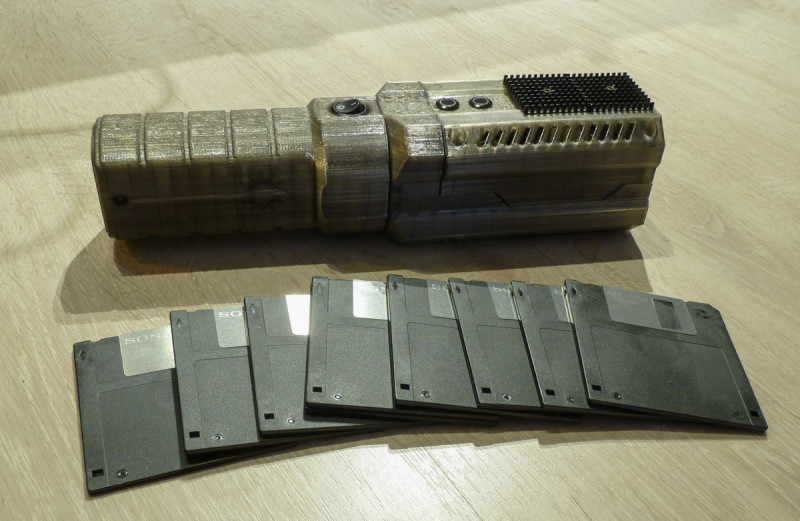Well, I see you are just showing pixel numbers with your spectrometer, so I can only guess at wavelength and how broad it is. Probably about 10nm wide. Not great for a pumped dye laser, but it is still in the experimental phase. Might be around 550nm in the center wavelength, but without calibration it is just an educated guess. I have a +1300 mW 532nm laser to pump with. Unless you are using the UV to pump this in which case I have 700 mW of 405nm to use. Once you get this nailed down let me know what you did and I will try to duplicate it. :yh:
Look at the "wavelength" box at the bottom, next to the "pixel" box, it shows which wavelength my mouse was on, had it around the peak on the graph. Says 583nm, going by the colour it could be somewhat higher but definitely in that ballpark. I've seen 578nm from a CuBr in person and this is more orange than I recall 578nm being. Definitely up in the 580 range if I had to guess based on colour alone. The picture I posted with the colours edited is pretty close to what it actually looks like.
It's being pumped with Q-switched 355
and 532 (side note: Wonder how the 1064nm is affecting it, if at all...).
Not sure what results you'd get with 1.3W of CW 532, if any. CW dye is a different beast. Doesn't hurt to try I suppose!
I'm hitting it with probably a few 10s of kW 355/532 at probably a few 10s of ns, Q-switch at 20Hz repetition rate seems to work well.
Still need to verify the pulse width and energy from the pump laser. I'll need to build a transimpedance amplifier in order to resolve such short pulses with the photodiode I have on hand. I've managed a to resolve a few microseconds to a few 10s of microseconds with a resistor in parallel to the PD to offset the inherent capacitance you get with photodiodes. However, lowering the resistor value further pulled the signal too low for decent results, too much noise.
Flowing dye, better optics etc may allow me to bring the repetition rate up to 200Hz without affecting the beam quality or output power negatively. Currently, anything above 20-30Hz results in reduced beam quality, worsening as the frequency increases.
Using two pump wavelengths might explain the width, as well as spontaneous emissions coming from the dye cell. I'd expect different lines from different pump wavelengths. Seems reasonable.
Will update again once I experiment some more. Supposed to be getting some proper laser dyes and materials for a better dye cell. Lots of variables to change and experiment with. I'll need to buy some mirrors and mirror mounts too.
I've got a lot of reading to do before I really understand everything involved...
:beer:
Diachi..
You are one lucky bastard...
:crackup:
Yeah, luck was on my side for once!








